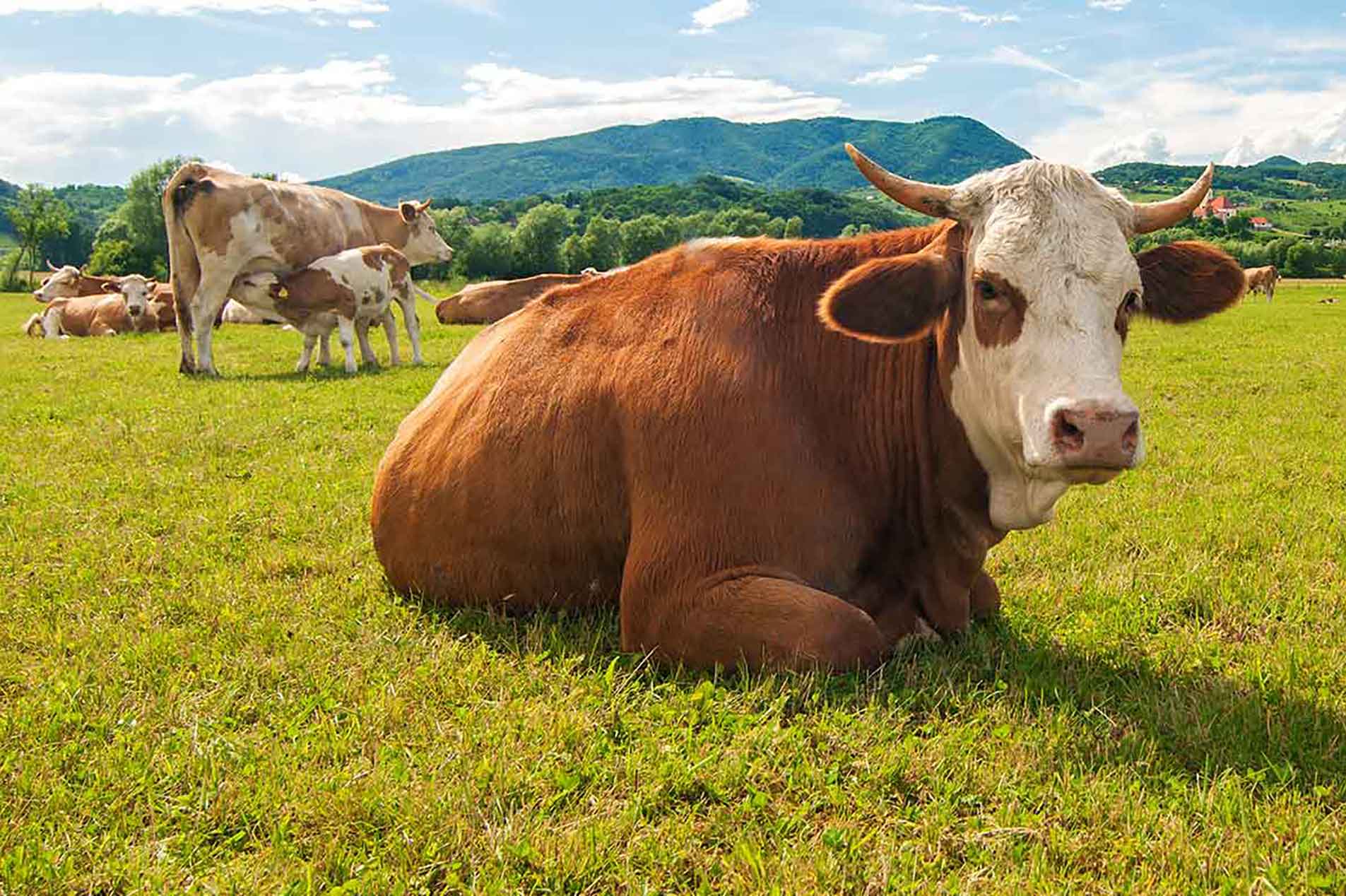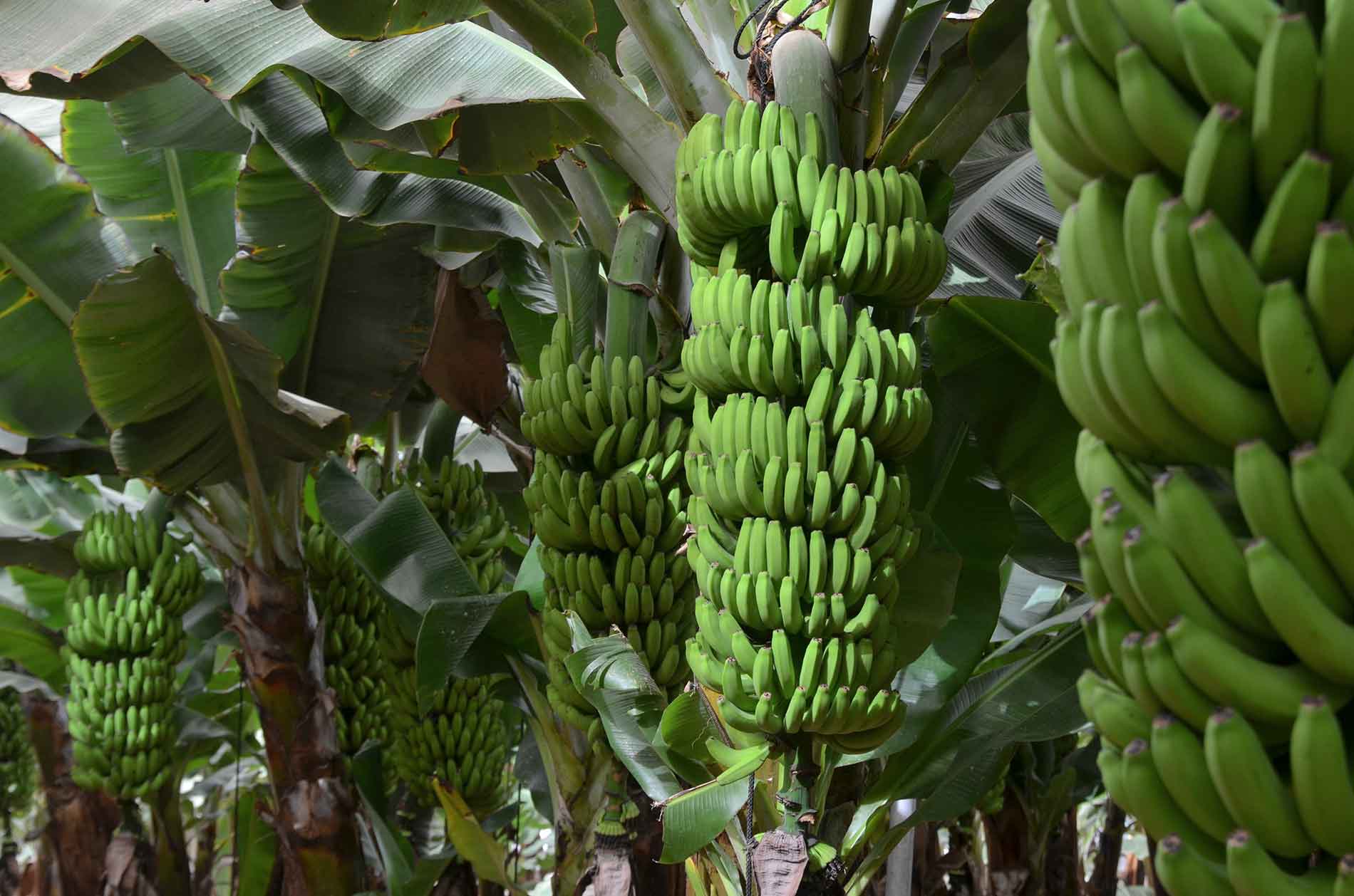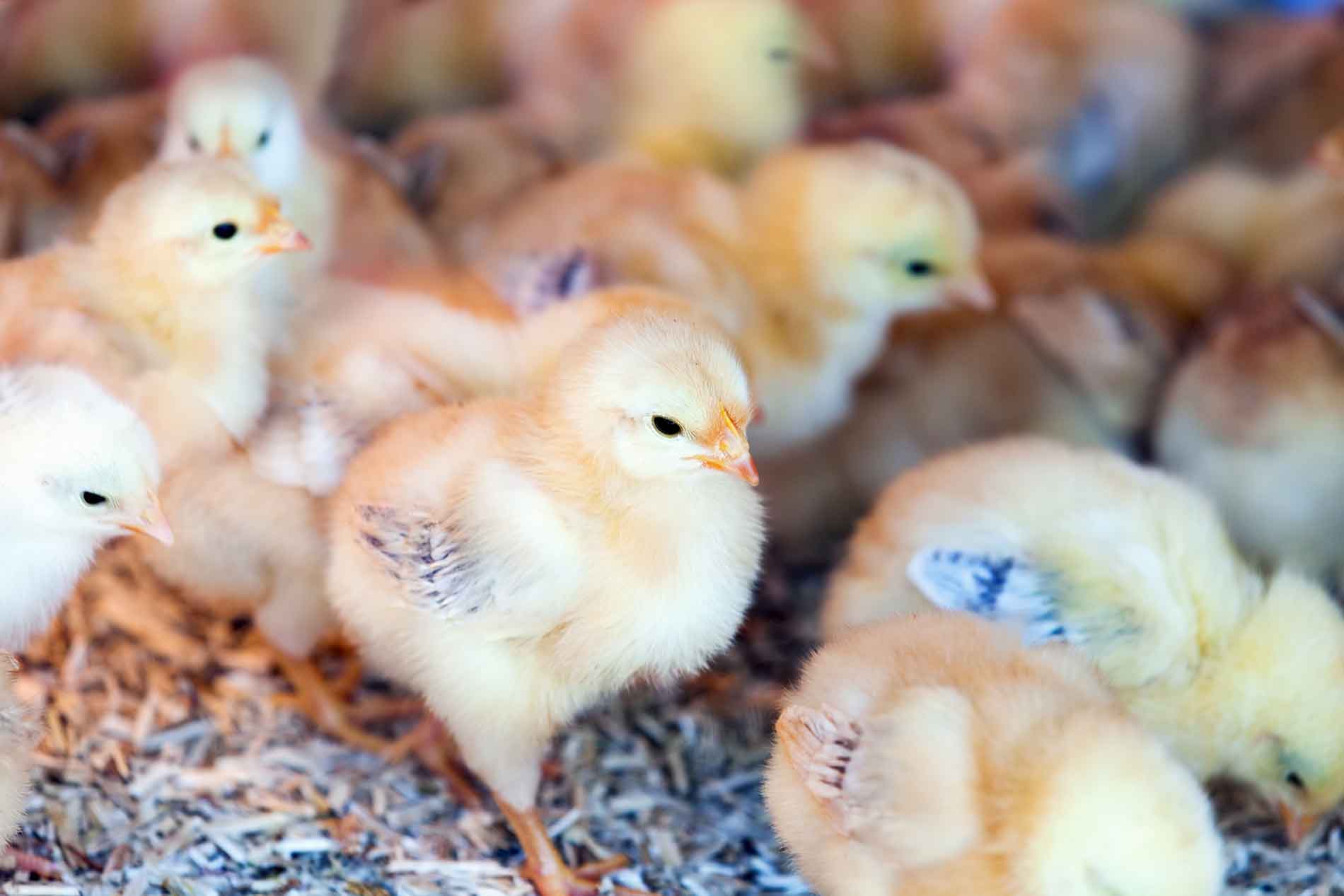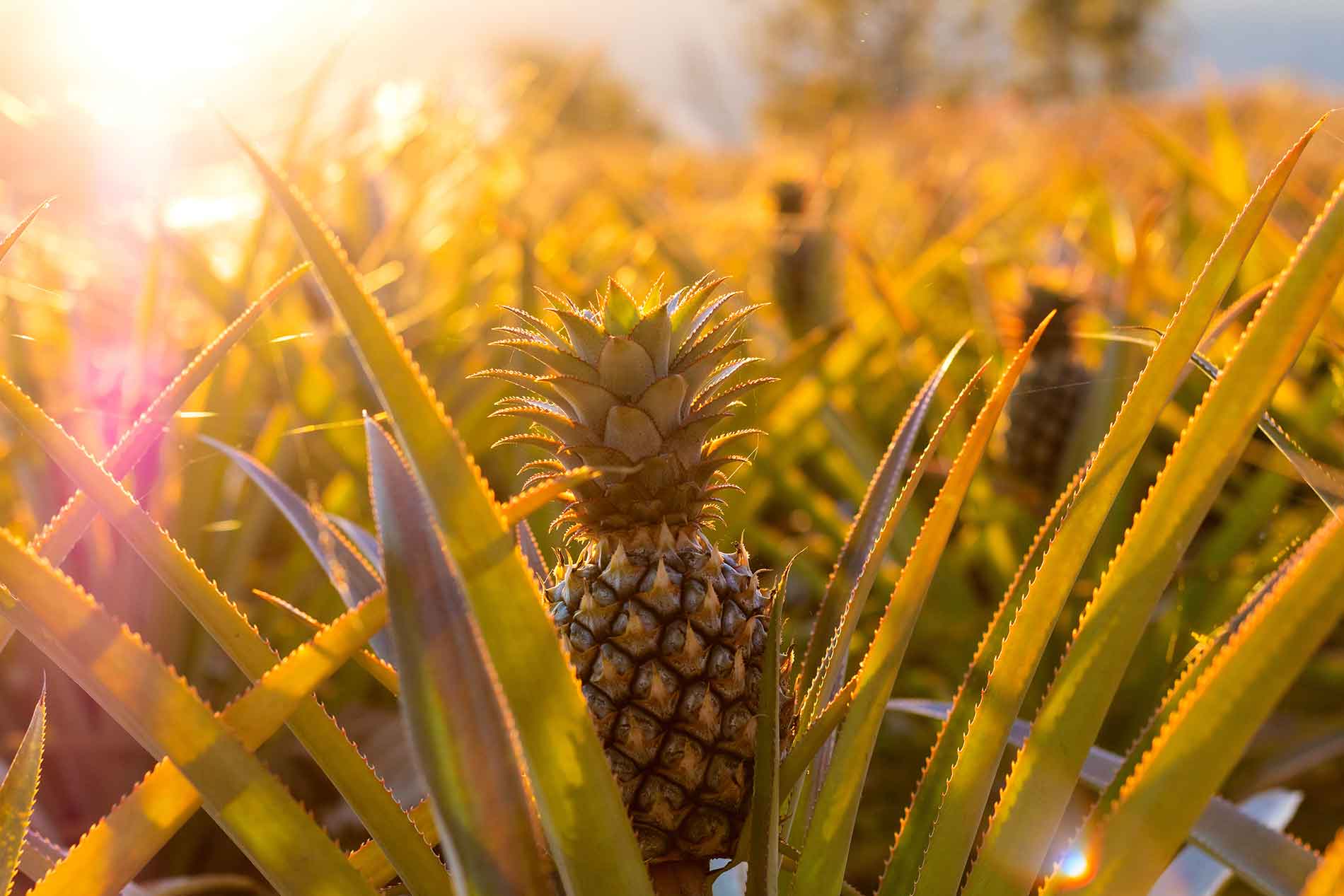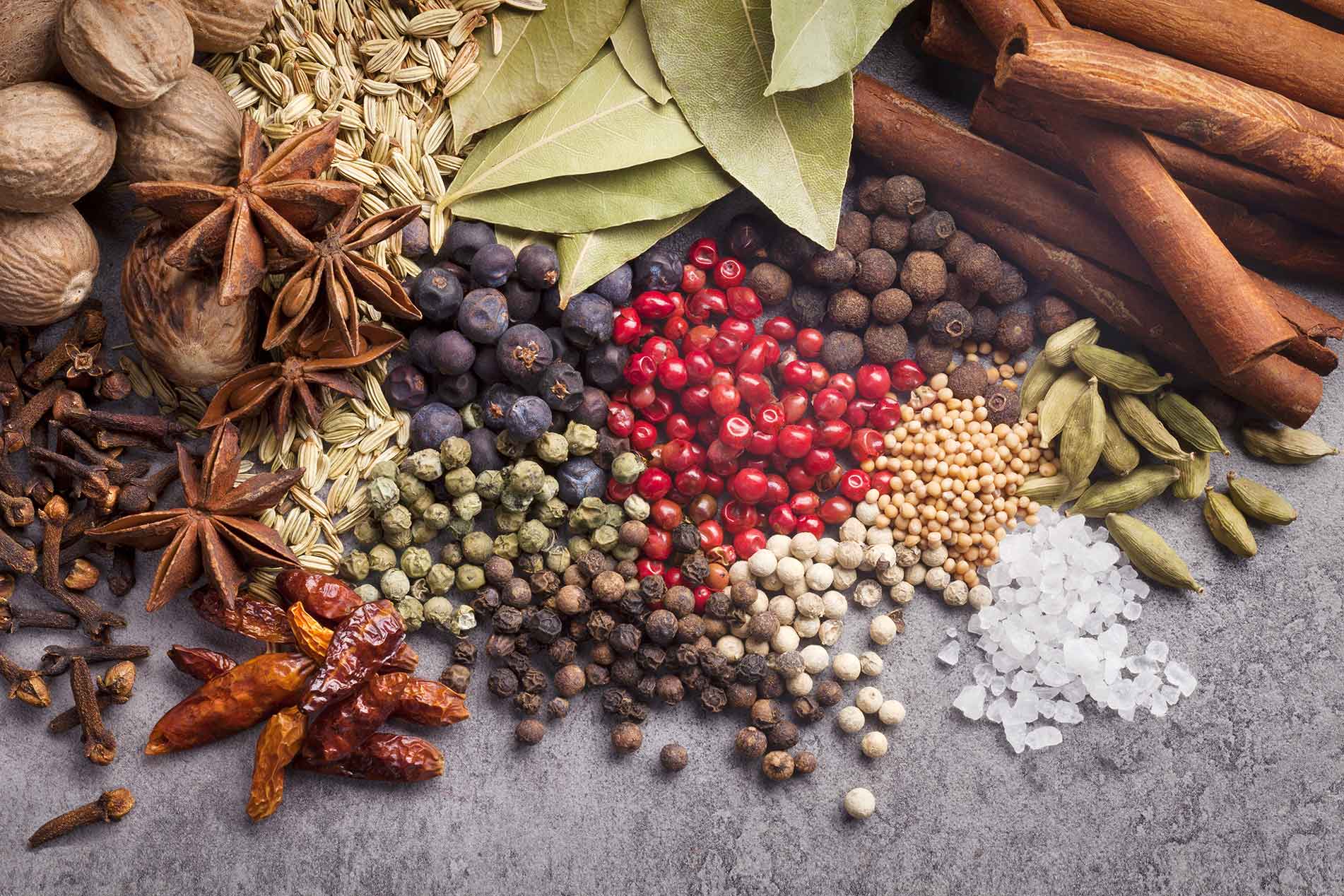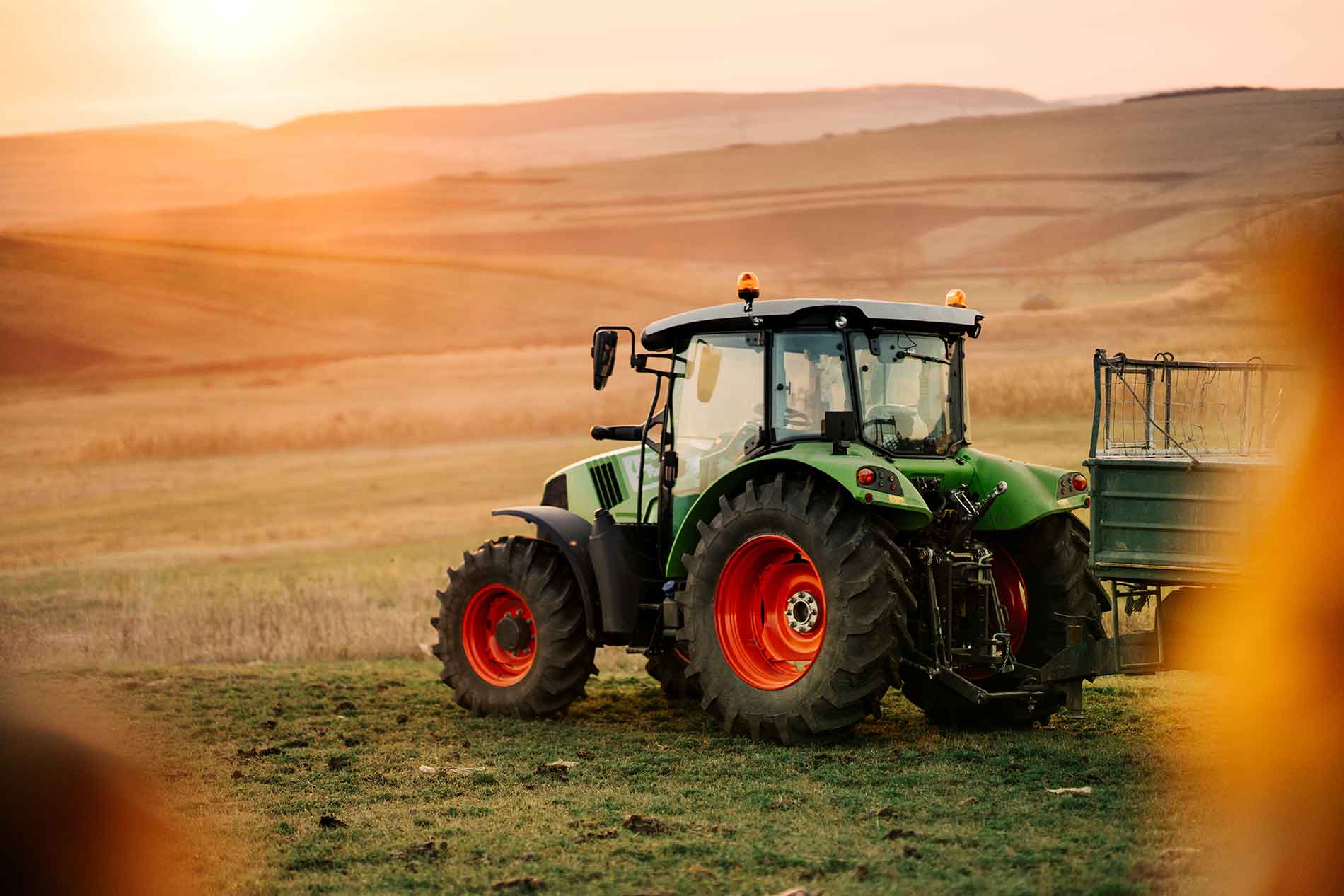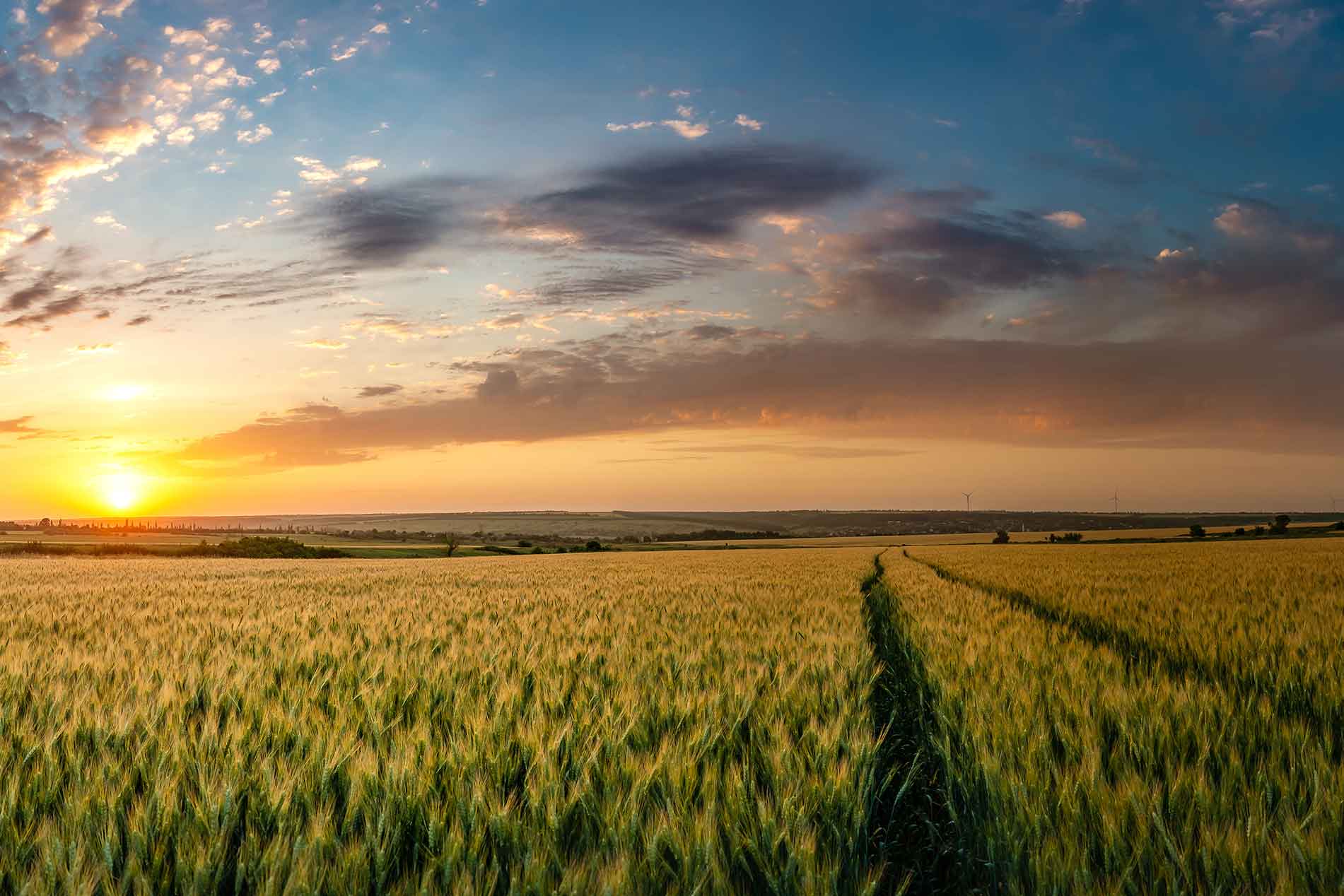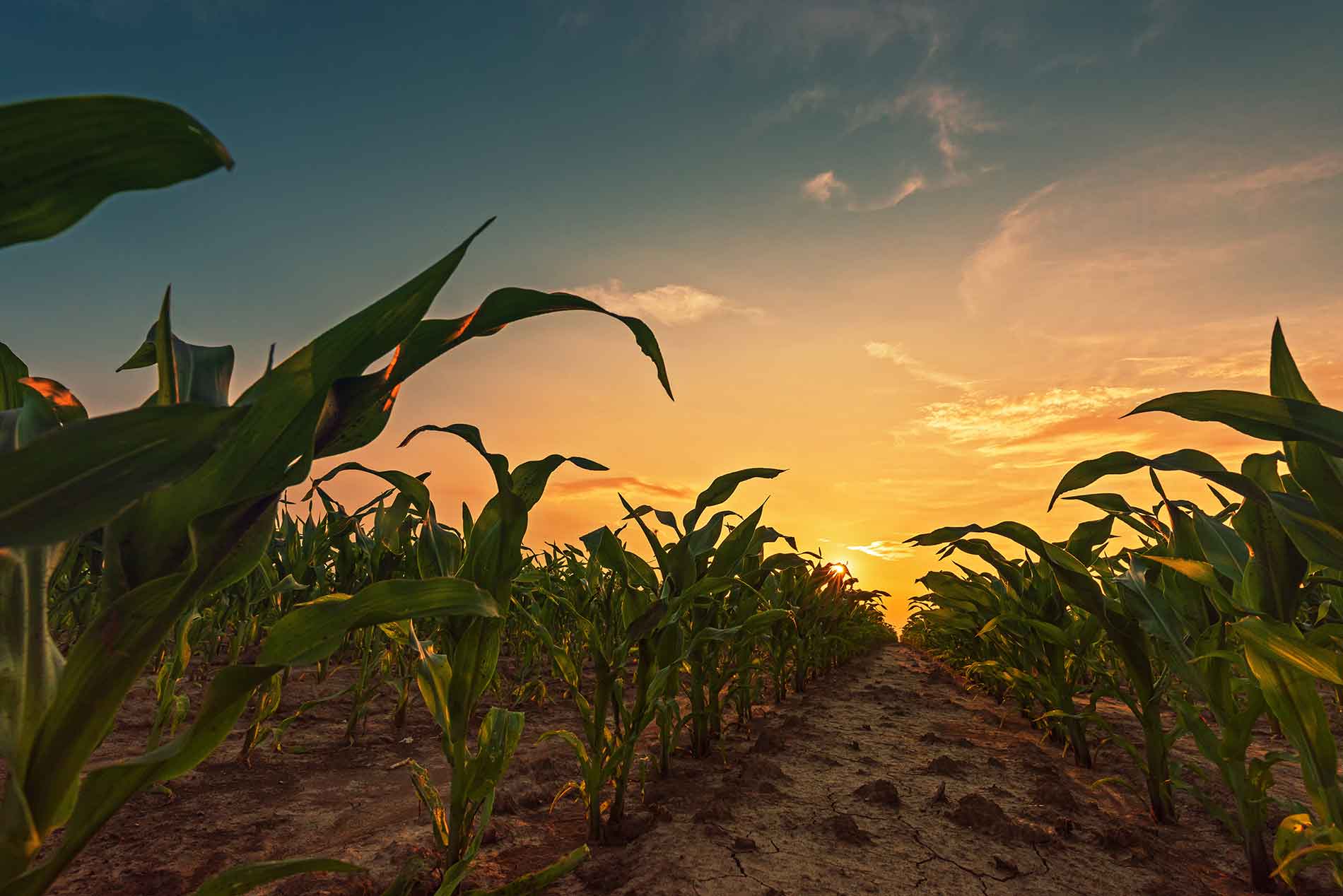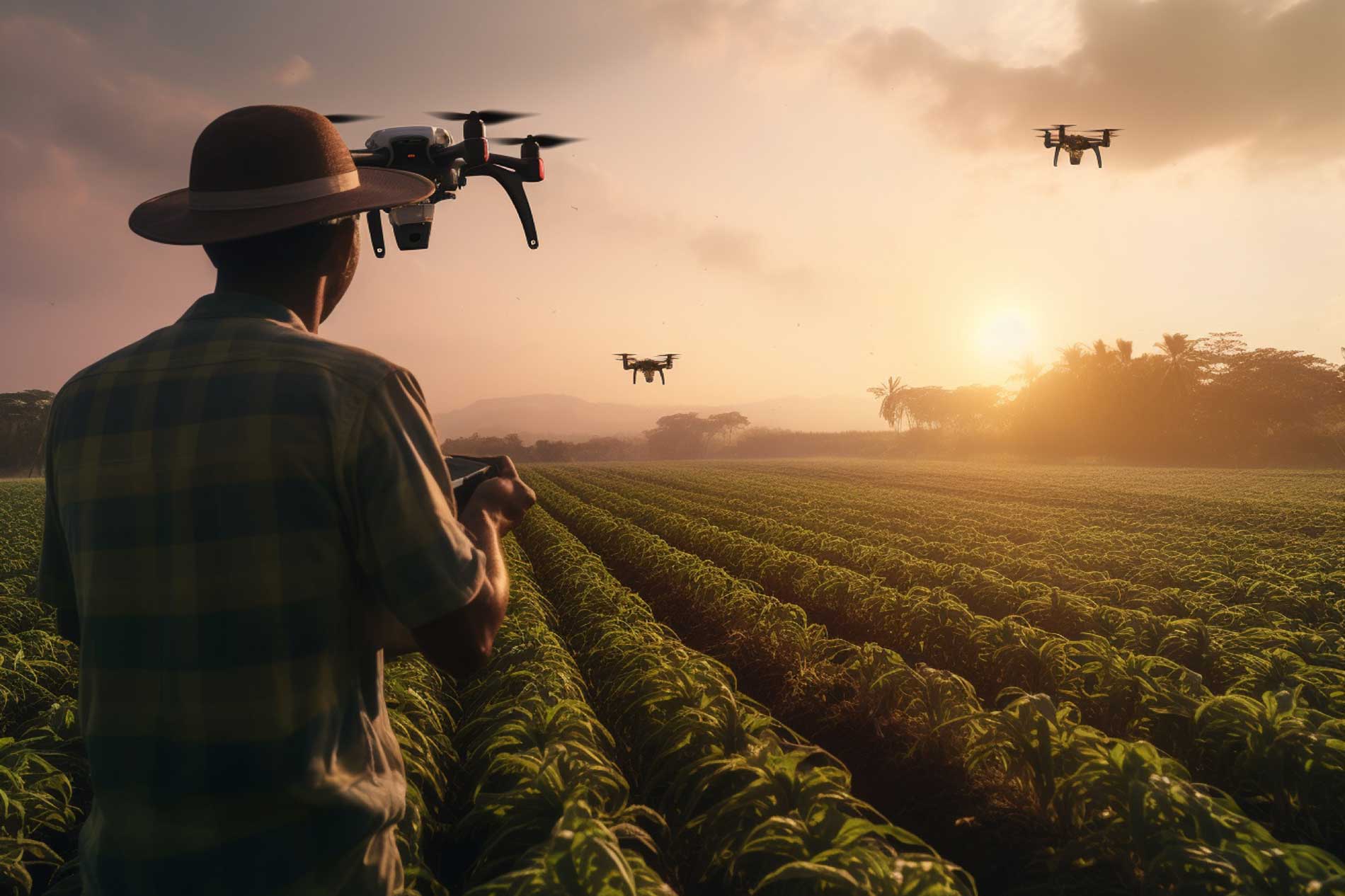Nutrition, Breeding, and Management Practices for Goats, Poultry, Cattle, and Other Livestock in the Caribbean
The Caribbean region’s rich agricultural heritage and diverse ecosystems offer a unique environment for livestock production. From the small-scale goat keeper on a hillside farm to large commercial poultry operations, livestock systems vary widely across the islands. However, many producers face similar challenges, including limited land resources, susceptibility to tropical pests and diseases, climatic variability, and feed availability constraints. This article explores proven strategies to maximize livestock productivity—focusing on goats, poultry, cattle, and other prevalent livestock—by emphasizing nutrition, breeding, and management practices that have been successfully adapted to Caribbean conditions. The information presented is grounded in research findings from credible sources, including the Food and Agriculture Organization (FAO), the Caribbean Agricultural Research and Development Institute (CARDI), the University of the West Indies (UWI), and various ministries of agriculture across the region.
The Importance of Livestock in Caribbean Agriculture
Livestock production forms a key pillar of food security, rural livelihoods, and economic stability in the Caribbean. The region’s islands vary in topography, climate, and soil type, which directly affect forage growth, water availability, and disease prevalence. Livestock, in turn, provides multiple benefits that go beyond meat, milk, and eggs. Manure is often recycled into the soil as an organic fertilizer, thus enhancing crop productivity. Furthermore, by-products such as leather from cattle hides and goat skins contribute to local artisanal and commercial ventures.
According to the FAO (2020), Caribbean livestock systems supply a significant share of the region’s protein needs. However, the reliance on imported feed, especially for poultry and pig operations, can be a limiting factor. This vulnerability was highlighted during global supply chain disruptions in recent years, when feed imports became costlier or harder to obtain. Producers who rely primarily on imported inputs experience fluctuating production costs, which directly impacts the affordability and availability of animal protein for local consumers.
Livestock also plays a significant role in cultural identity. Traditional dishes such as curry goat in Jamaica or Puerto Rican lechón asado (roast pig) are intrinsic to celebrations and social events. The intersection of culture, economics, and food security underscores the importance of boosting productivity in ways that are both sustainable and adapted to the realities of Caribbean conditions.
Nutrition as the Foundation of Livestock Productivity
Proper nutrition underpins all successful livestock operations. Whether the goal is to increase milk yields in dairy goats or enhance egg production in poultry, diets must be formulated to meet species-specific requirements for energy, protein, vitamins, and minerals. Nutritional needs are also influenced by life stage—growing animals, pregnant females, and lactating mothers require higher-quality feed, while mature, non-reproductive livestock may manage on less nutrient-dense diets.
Energy is often the most limiting factor, particularly in small ruminant systems across the Caribbean. Many goats and sheep graze on low-quality forage, especially during extended dry seasons. According to a CARDI (2019) research brief, integrating leguminous forages such as Leucaena leucocephala (known locally as “ipil-ipil”) can significantly boost protein intake. When goats in a Trinidadian trial were supplemented with Leucaena-based fodder, weight gain increased by an average of 20% over goats grazing on traditional pasture grasses alone (CARDI, 2019).
In poultry, feed accounts for up to 70% of total production costs (FAO, 2019). Balancing feed rations to provide appropriate energy (often sourced from grains and grain by-products) and amino acids (notably lysine and methionine) is paramount. Small and medium-scale poultry farmers in the Caribbean often rely heavily on imported concentrates. However, the exploration of local feed sources—such as cassava, sweet potato meal, or breadfruit flour—has gained traction. Case studies from Jamaica, published by the University of the West Indies, show that partial substitution of corn with cassava meal in broiler diets can reduce costs without compromising growth rates (UWI, 2020).
Minerals and vitamins are equally critical. Mineral deficiencies, especially of zinc, copper, and selenium, can lead to stunted growth, reduced fertility, and immune suppression in all livestock species. A balanced supplementation program, adapted to specific local soil and forage conditions, is recommended. The Jamaican Ministry of Agriculture (2018) highlights that farmers operating in mountainous regions with high rainfall may need more rigorous mineral supplementation, since constant runoff can leach vital nutrients from the soil.
Goat Production in the Caribbean: Breeds, Nutrition, and Management
Goats are a cornerstone of smallholder agriculture across the Caribbean. Their adaptability to marginal environments and relatively low input costs make them attractive to farmers with limited resources. However, maximizing productivity requires careful selection of breeds, attention to nutrition, and robust health management programs.
Breeding for Adaptation and Productivity
Small ruminants in the Caribbean include various breeds, from indigenous or “Creole” goats to imported stock like Anglo-Nubian, Boer, Saanen, and Alpine goats. Many local goats have developed resistance to internal parasites and thrive on limited forage (FAO, 2019). However, their milk yields or growth rates may be lower than specialized exotic breeds. A popular strategy is crossbreeding local goats with more productive exotic stock, aiming to combine parasite resistance and resilience with enhanced productivity.
To ensure predictable improvements in weight gain and milk yield, farmers must maintain meticulous records. Selecting bucks from lines known for consistent performance helps stabilize the herd’s genetic potential. A 2019 study by the Jamaican Ministry of Agriculture observed that crossbred Boer-Nubian does produced up to 25% more milk during lactation than local does, while retaining acceptable disease resistance levels (Ministry of Agriculture and Fisheries, Jamaica, 2019). However, farmers must be cautious about inbreeding and ensure that new breeding stock is sourced from reputable programs.
Feeding Strategies
Goats benefit from browsing a variety of grasses, shrubs, and tree leaves. Supplementation with high-protein fodder, including legumes like Gliricidia sepium and Leucaena leucocephala, can substantially boost growth and lactation performance. Crop residues, such as banana stems and cassava peels, also serve as economical feed if properly processed. Goat producers must be mindful of antinutritional factors; for instance, Leucaena can contain mimosine, which if fed in excess, can affect thyroid function. Proper drying or combining it with other feeds often mitigates such risks (CARDI, 2019).
Health and Disease Management
Tropical climates encourage rapid parasite cycles. Internal parasites like Haemonchus contortus (barber’s pole worm) are a major concern. Deworming strategies and rotational grazing can mitigate parasitic loads. Vaccinations against diseases such as clostridial infections are recommended. For instance, a Saint Lucia pilot program implementing a targeted deworming protocol reported a 30% reduction in mortality and a 15% increase in average daily gain in goat herds (CARDI, 2021).
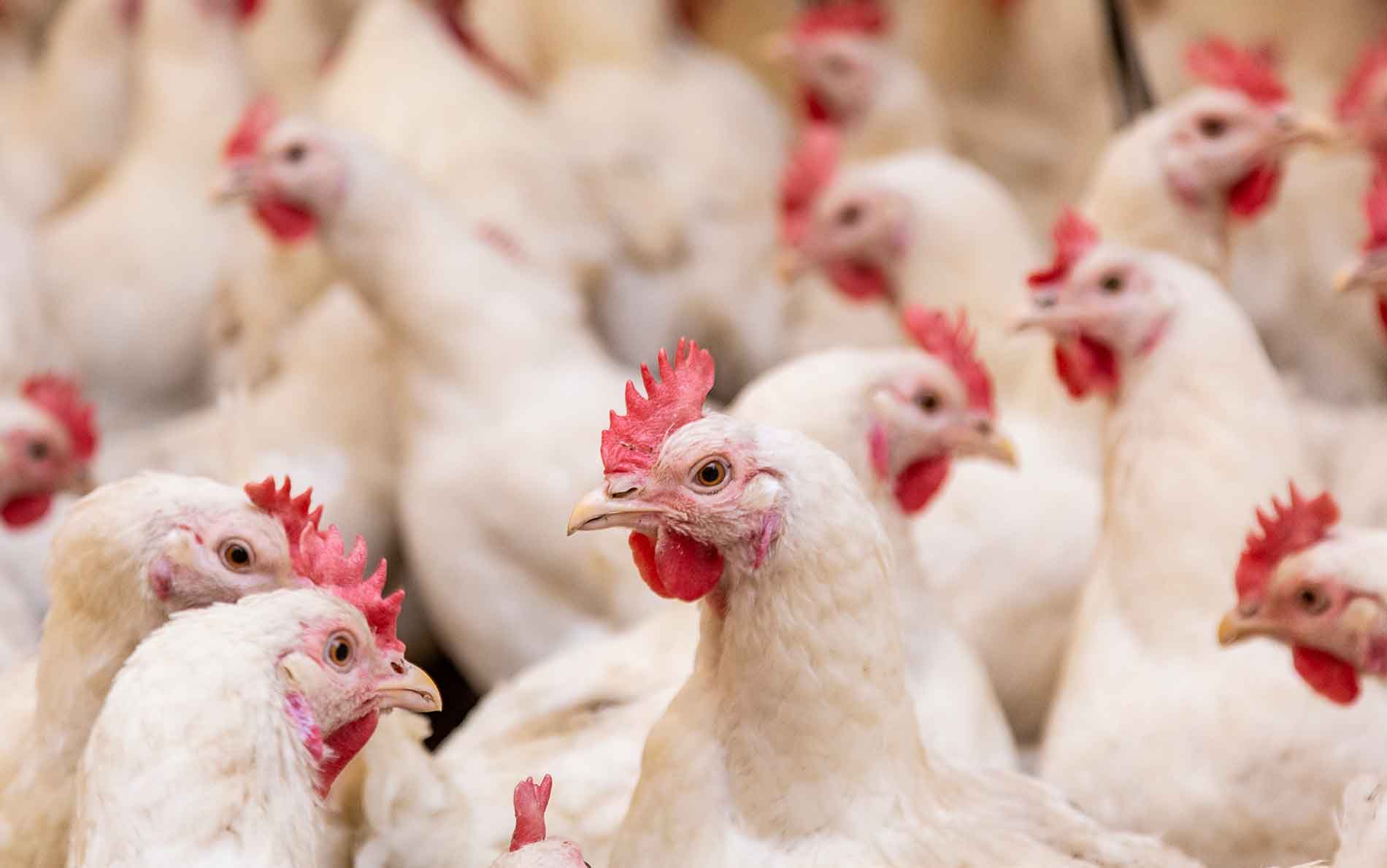
Poultry Production: Optimal Feeding, Breeding, and Housing
Poultry production—particularly broiler and layer operations—represents one of the most significant and well-developed livestock sectors in the Caribbean. The relative efficiency of poultry in converting feed to meat and eggs, coupled with the high demand for poultry products, makes it a cornerstone of food security initiatives in many islands.
Breeding and Genetics
Globally recognized commercial strains of broilers (e.g., Ross, Cobb, Arbor Acres) and layers (e.g., Hy-Line, ISA Brown, Lohmann) are widely used in the Caribbean. These strains are often bred for fast growth or high egg production. However, tropical conditions—high temperatures, humidity, and the presence of certain pathogens—can stress birds. Proper housing and management are necessary to realize their genetic potential. Emerging research from UWI (2020) indicates that combining heat-tolerant local lines with commercial strains could help small-scale producers achieve a balance between productivity and tolerance to local conditions.
Feeding Programs
Commercial poultry feed typically comprises cereal grains (corn, wheat, sorghum), protein sources (soybean meal, fish meal), fats, vitamins, and minerals. Rations are finely tuned for each stage of production: starter, grower, finisher, and for layers, additional specific layering diets. With feed representing the highest input cost, local alternatives—such as partial substitution of corn with cassava meal—are being studied extensively. Trials in Jamaica have demonstrated that replacing up to 20% of corn with cassava meal in broiler diets can reduce overall costs while maintaining comparable growth performance (UWI, 2021).
Producers are also exploring fermented feed components to enhance nutrient bioavailability and improve gut health. Implementing on-farm feed formulation software can guide farmers in achieving optimal nutrient balance, avoiding over- or under-supplementation. Where possible, analyzing local feed ingredients for protein, fiber, and energy content helps refine rations.
Housing and Environmental Control
In tropical climates, adequate ventilation and temperature regulation are vital for poultry health. Heat stress can reduce feed intake, slow growth, and decrease egg production. The strategic use of fans, open-sided housing, and even simple insulation methods can moderate extreme temperatures. For small-scale producers, the use of deep-litter systems with proper bedding management remains an effective approach to control pathogens. Layers often require battery cages or well-ventilated floor systems with nest boxes to maintain egg quality and prevent contamination. Lighting programs—extending daylight hours for layers—can promote consistent egg production, which is especially useful during shorter day-length months (FAO, 2019).
Cattle Production: Breeding, Feeding, and Health Management
Cattle production in the Caribbean encompasses both dairy and beef operations. However, the availability of suitable grazing land can be a constraint on smaller islands, making intensive or semi-intensive systems more common. The goal is to increase efficiency while minimizing environmental impact, particularly where land and water resources are limited.
Breeding and Selection
Popular beef breeds include Brahman, Brangus, and other zebu crosses adapted to heat and parasites. On the dairy side, Holstein, Jersey, and Brown Swiss breeds are widely introduced, though local creole cattle may also be used or crossbred for enhanced adaptability. Breeding decisions should focus on disease resistance, reproductive efficiency, and feed conversion. In a Cuban case study highlighted by FAO (2018), crossbreeding Holstein cattle with Cuban zebu improved milk yield by 15% compared to pure zebu lines, while retaining heat tolerance and disease resilience.
Record-keeping is crucial to monitor calving intervals, growth rates, and milk production. Artificial insemination (AI) programs, supported by regional agricultural extension services, can expedite genetic improvement. When AI is coupled with proper estrus synchronization, farmers can better time breeding and achieve more uniform calf crops.
Feeding and Pasture Management
Cattle require substantial quantities of forage. Forage availability can be precarious on some Caribbean islands due to erratic rainfall, poor soil fertility, and limited arable land. Well-managed pasture systems incorporating improved grasses—such as Cynodon dactylon (Bermuda grass) or Brachiaria brizantha—boost stocking density and animal growth. Leguminous fodder crops like stylosanthes, leucaena, and gliricidia can provide protein-rich grazing or cut-and-carry feed.
Supplementation with locally available agricultural by-products—molasses, bagasse, and brewers’ grain—can help cattle maintain productivity during dry spells. A Trinidad study found that dairy cattle receiving a daily molasses-urea supplement produced 10% more milk than those on a pasture-only regime (CARDI, 2020). However, such supplementation must be introduced carefully, as improper use of urea can cause toxicity.
Health Management
Tropical conditions pose a persistent threat from ticks, flies, and internal parasites. Tick-borne diseases like babesiosis and anaplasmosis are common in cattle. Regular dipping or spraying with acaricides can reduce tick infestation rates, though integrated pest management that includes pasture rotation and biological controls is increasingly favored to prevent resistance. Vaccination schedules for diseases like foot-and-mouth disease (FMD), bovine viral diarrhea (BVD), and leptospirosis vary by island regulations. Ensuring adherence to local veterinary guidelines is essential for a healthy herd.
Other Livestock in the Caribbean: Sheep, Pigs, Rabbits, and Beyond
Livestock diversity in the Caribbean extends beyond goats, poultry, and cattle. Sheep, pigs, rabbits, and even beekeeping play integral roles in local farming systems. Although these species may occupy smaller niches in certain islands, they can significantly contribute to household income and food security.
Sheep
Similar to goats, hair sheep breeds—such as the Barbados Black Belly and St. Croix—are popular due to their tolerance of tropical conditions. They are less prone to parasites than wool sheep and exhibit good maternal instincts. According to CARDI (2021), improved feeding strategies and crossbreeding with Dorper can raise average daily weight gains by 30% in hair sheep flocks. The management of internal parasites, particularly Haemonchus contortus, remains a top priority.
Pigs
Pig production is essential for meeting local demand for pork and processed meats. While many operations rely on imported commercial stock (e.g., Large White, Landrace, Duroc), some farmers crossbreed local pigs for hardiness. Housing that separates pigs from direct soil contact can reduce disease transmission, and a diet with sufficient energy and protein is critical for fast growth. Crop by-products (banana stems, breadfruit, and kitchen scraps) can be part of balanced feeding, but must be supplemented appropriately to ensure adequate amino acid profiles. The Haitian Ministry of Agriculture reported that substituting 25% of corn in pig diets with breadfruit flour improved feed cost efficiency without negative impacts on growth (Haitian Ministry of Agriculture, 2018).
Rabbits
Rabbit farming is on the rise in some Caribbean islands due to rabbits’ high reproductive rates, minimal space requirements, and efficient feed conversion. Breeds like New Zealand White and Californian adapt reasonably well to tropical climates. Proper housing—elevated hutches with good ventilation—helps prevent heat stress. Pelleted diets supplemented with fresh forages, such as mulberry leaves, can lower feed costs. Early detection and treatment of diseases like coccidiosis are crucial for maintaining healthy rabbitries.
Beekeeping
While not a conventional “livestock” species, bees are vital pollinators and producers of honey and other hive products. Tropical bees in the Caribbean include Africanized strains, which can be managed safely with proper techniques. Beekeeping diversifies farm income and enhances the pollination of fruit and vegetable crops. Best practices include strategic hive placement near flowering plants, ensuring water availability, and implementing integrated pest management for Varroa mites and other threats (FAO, 2019).
Integrating Sustainable Nutritional Strategies
Whether dealing with large ruminants, small ruminants, poultry, or other species, feed costs and availability remain a pressing concern. Integrating sustainable nutritional strategies helps farmers make the most of local resources, reduce dependency on imports, and buffer against supply chain disruptions. This approach often involves combining improved forage varieties, agro-industrial by-products, and strategic supplementation.
Use of Agro-Industrial By-Products
By-products like molasses, bagasse, cassava peels, banana stems, and brewery waste can provide cost-effective energy or protein sources. Proper processing and storage methods—such as ensiling or drying—are crucial to maintain feed quality. The University of the West Indies has spearheaded various on-farm trials showcasing how ensiled cassava or sweet potato vines can support small ruminant growth in dry seasons (UWI, 2021).
Crop-Livestock Integration
Integrated farming systems, where livestock feed on crop residues and manure fertilizes fields, create circular economies that minimize waste. In Saint Vincent and the Grenadines, a cooperative farming project documented by CARDI (2020) reduced commercial fertilizer costs by 40% through using goat manure on vegetable plots. The project simultaneously improved goat nutrition by dedicating a portion of cropland to high-protein forage production.
Balancing Rations
Homemade rations must be balanced to prevent nutrient deficiencies. Many ministries of agriculture offer extension services that conduct feed analysis, or partner with universities for lab testing. Tools like the Nutrient Requirements of Small Ruminants (published by the National Research Council, USA) and online software can guide formulation. An underfed animal cannot express its genetic potential, and even minor dietary imbalances can lead to production losses or health problems (FAO, 2019).
Management Practices to Mitigate Tropical Diseases
The Caribbean’s tropical environment, while conducive to robust plant growth, also harbors a wide range of pathogens and pests. Disease outbreaks can drastically reduce productivity and profitability. Hence, preventative management measures are key to safeguarding livestock health.
Biosecurity Measures
Limiting the movement of animals between farms, quarantining newly acquired stock, and controlling access to barns can prevent pathogen introduction. Cleaning and disinfecting equipment, vehicles, and footwear is also essential. A 2020 study from Grenada’s Ministry of Agriculture found that poultry farms with strict biosecurity protocols had a 40% lower incidence of Salmonella compared to farms with minimal protocols in place (Grenada Ministry of Agriculture, 2020).
Vaccination and Deworming
Livestock vaccination schedules are often mandated by regional animal health authorities. Diseases such as Newcastle disease in poultry and clostridial diseases in small ruminants can be controlled through timely immunizations. Strategic deworming—based on fecal egg counts and clinical signs—reduces the risk of anthelmintic resistance. Rotational grazing, grazing multi-species (e.g., sheep and cattle together), and maintaining forage at appropriate heights can break parasite life cycles.
Tick and Fly Control
High humidity and warm temperatures foster tick and fly populations. Ticks transmit diseases like anaplasmosis, babesiosis, and heartwater in ruminants, leading to severe economic losses. Regular use of acaricides, pour-ons, or tick baths combined with pasture management can keep infestation at bay. Integrating biological controls, such as predatory wasps or beneficial nematodes, aligns with more sustainable pest management strategies. According to a 2019 study in Trinidad and Tobago, producers who combined chemical and biological control methods reported a 50% drop in tick load on cattle (Trinidad and Tobago Ministry of Agriculture, 2019).
Case Studies Demonstrating Best Practices
Case Study 1: Jamaican Goat Farm Success with Crossbreeding and Sustainable Feeding
In 2019, a pilot initiative spearheaded by the Jamaican Ministry of Agriculture and Fisheries partnered with a cooperative of smallholder goat farmers in Clarendon. The project introduced Boer bucks to local does, aiming to improve carcass weight and growth rates while maintaining adaptability. Farmers also received training to cultivate Leucaena and Gliricidia fodder trees as protein supplements. Over a two-year period, average daily weight gain in the crossbred goats reached 150 g/day, compared to 110 g/day in local goats (Ministry of Agriculture and Fisheries, Jamaica, 2019). The improved feeding regime also shortened the time to market by nearly a month, boosting overall farm profitability.
Case Study 2: Trinidadian Poultry Farmers Reducing Feed Costs through Cassava Integration
Rising feed import costs led a group of poultry farmers in southern Trinidad to experiment with cassava meal. Supported by UWI researchers, they replaced 15% of corn in broiler diets with cassava meal, supplemented with commercial premixes to balance amino acids. Growth rates remained comparable to all-corn diets, while feed costs decreased by 10% (UWI, 2021). The farmers plan to expand cassava cultivation locally, turning a feed challenge into an opportunity for local agriculture development.
Case Study 3: Cuban Dairy Herds Benefit from Crossbreeding Holstein-Zebu
A Cuban dairy cooperative, working with FAO and local research institutes, introduced Holstein genetics into existing zebu herds. Despite initial skepticism, the crossbred animals displayed a 15% increase in milk yield over pure zebu, with acceptable heat tolerance (FAO, 2018). Cooperative members reported improved calf survival rates, attributed to disease resilience inherited from zebu lines. The venture demonstrates that scientific breeding programs, combined with appropriate management, can thrive even under resource-limited conditions.
Enhancing Productivity through Record-Keeping and Data Analysis
Accurate record-keeping forms the backbone of strategic decision-making in livestock operations. Knowing which animals consistently produce higher milk yields, gain weight more efficiently, or lay more eggs helps farmers refine their breeding strategies. Monitoring feed consumption, growth rates, and disease incidences also allows for timely interventions.
Reproductive Efficiency
Implementing systems to track reproductive cycles—such as the date of last breeding, expected due dates, and postpartum intervals—can sharply reduce open days in cattle, goats, and other livestock. Producers who closely monitor reproductive performance can identify sub-fertile animals and take corrective measures, such as culling or altering feeding strategies.
Health and Treatment Logs
Recording treatments, including vaccinations, deworming, and disease outbreaks, helps reveal patterns. If a particular parasite or disease recurs frequently, farmers can investigate underlying causes, refine biosecurity measures, or adopt more rigorous interventions.
Financial and Production Records
Financial records track expenses (feed, veterinary costs, labor) and income (sale of animals, milk, eggs). This information is critical for calculating gross margins and profitability. Whenever an investment—like introducing new genetics or upgrading housing—is considered, historical data can inform the cost-benefit analysis (UWI, 2020). Extension services often assist smallholders in setting up simple but effective record-keeping systems.
Adaptation to Climate Change and Extreme Weather
Caribbean farmers are increasingly contending with the effects of climate change, including stronger hurricanes, unpredictable rainfall, and prolonged dry spells. These stresses can lead to forage shortages, heat stress, and heightened disease pressure.
Water Management
Rainwater harvesting systems, cisterns, and the use of solar-powered pumps can secure a reliable water supply, essential for hydration and cooling in all livestock species. Some islands offer subsidies or grants for establishing water storage infrastructure, recognizing its importance in climate resilience (FAO, 2019).
Heat Stress Mitigation
Shade structures, natural windbreaks, and misting systems alleviate heat stress in cattle and poultry. Scheduling grazing or feeding during cooler parts of the day can reduce the physiological strain on animals. Heat-tolerant breeds—like zebu crosses in cattle or certain local poultry lines—are an additional layer of resilience.
Disaster Preparedness
Regional extension services and ministries of agriculture emphasize preparation for hurricanes and tropical storms. Elevated housing designs for poultry, emergency feed storage, and evacuation plans for larger livestock can limit losses. Training modules for small-scale farmers in islands such as Dominica and Antigua focus on basic disaster management protocols to protect both animals and farm infrastructure (CARDI, 2021).
Ensuring Market Access and Value Addition
Boosting productivity also involves finding profitable markets for livestock products. With the demand for local, organically grown, or specialty meats rising, many Caribbean farmers are exploring niche marketing, agrotourism, and value-added products.
Local Branding and Certification
Branding local goat milk cheeses, free-range eggs, or grass-fed beef can attract premium prices. Some producer groups have joined cooperatives to share processing facilities and marketing costs. In Barbados, the local black-belly sheep brand is marketed as an exotic, high-quality meat, fetching higher prices in specialty restaurants (CARDI, 2020).
Processing and Value Addition
Turning milk into cheese, yogurt, or other dairy products extends shelf life and can yield greater returns. Similarly, processed meats like smoked ham, sausages, and jerked products appeal to both local and export markets. Such value addition might require investment in equipment, adherence to food safety standards, and training in processing techniques (FAO, 2019).
Direct-to-Consumer Models
Farmers can benefit from selling directly through farmers’ markets, community-supported agriculture (CSA) programs, or online marketplaces. Transparent communication about production methods, animal welfare, and feed sources can build consumer trust and loyalty. In certain tourist-heavy areas, agritourism ventures that showcase farm tours and tasting events capitalize on the islands’ culinary heritage (UWI, 2021).
A Pathway to Sustainable and Profitable Livestock Systems
Maximizing livestock productivity in the Caribbean hinges on an integrated approach that accounts for the region’s unique climatic, cultural, and economic contexts. By focusing on proper nutrition—leveraging local feed resources and optimizing rations—producers can reduce reliance on imported inputs. Thoughtful breeding programs, which blend the resilience of local lines with the performance traits of exotic breeds, help ensure genetic improvements that are both durable and profitable. Rigorous management practices, from disease prevention to careful record-keeping, round out the foundation for success.
While the challenges are significant—climate change, limited arable land, and dependency on imported feed—there are also numerous opportunities. By innovating around local resources and tapping into government and research institution support, Caribbean livestock farmers can thrive. Success stories from across the islands underscore that sustainable intensification is within reach, providing a roadmap for resilient, productive, and profitable livestock industries that enhance food security and enrich rural livelihoods.
Sources
FAO (2018). Crossbreeding Strategies for Milk Production in Tropical Climates.
FAO (2019). Sustainable Livestock Development in the Caribbean: A Technical Report.
FAO (2020). Caribbean Livestock Systems and Food Security.
CARDI (2019). The Role of Leucaena in Small Ruminant Production.
CARDI (2020). Integrating Molasses-Urea Supplements into Dairy Cattle Diets: A Trinidad Case Study.
CARDI (2021). Targeted Deworming Programs for Caribbean Goats and Sheep.
Grenada Ministry of Agriculture (2020). Biosecurity Protocols in Poultry Operations: A Comparative Study.
Haitian Ministry of Agriculture (2018). Partial Corn Substitution with Breadfruit Flour in Pig Diets.
Jamaican Ministry of Agriculture and Fisheries (2018). Best Practices for Mineral Supplementation in Mountainous Regions.
Jamaican Ministry of Agriculture and Fisheries (2019). Improving Goat Productivity through Boer Crossbreeding: A Pilot Project.
Trinidad and Tobago Ministry of Agriculture (2019). Integrated Tick Management in Beef Cattle.
University of the West Indies (2020). Innovations in Cassava-Based Poultry Feeding Programs.
University of the West Indies (2021). Ensiling Sweet Potato Vines for Improved Dry Season Forage Availability.

